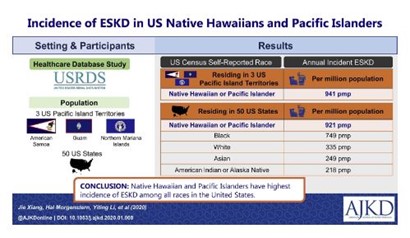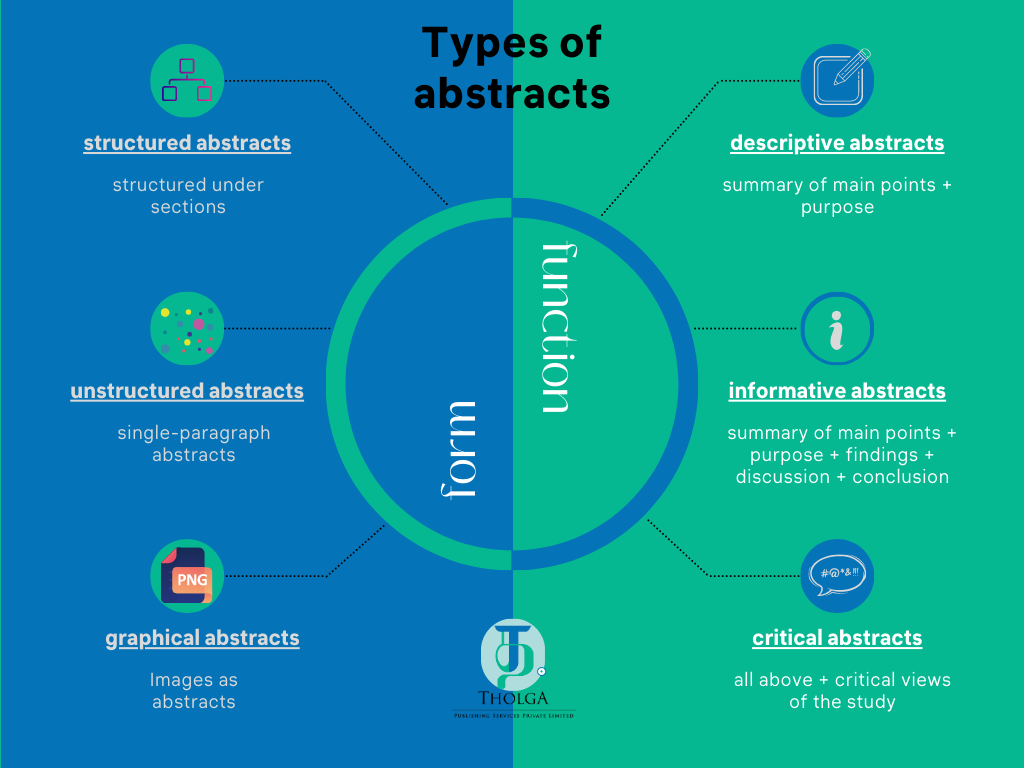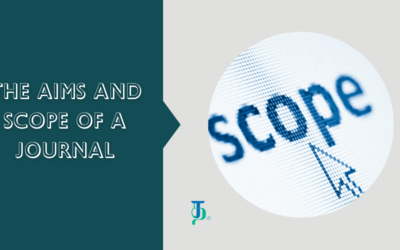In our previous post, we discussed how the abstract of your manuscript is the door to your work. In this short article, we will review the two major classifications of abstracts based on their form and function. You write the abstract of your manuscript as part of your final activity — manuscript preparation. Most journals indicate what kind of abstract is accepted, along with other related information, such as word length, If the journal does not prescribe a format, the safe choice is to go with an unstructured, informative abstract.
Classification by form
Based on their form, abstracts can be classified as structured, unstructured and graphical abstracts.
Structured abstracts
Structured abstracts follow a specific format or template, usually consisting of sections such as background, study methods, results, and conclusion. They provide a clear and organized summary of the document. Structured abstracts are the preferred type for health science and social studies publications.
Unstructured abstracts
Unstructured abstracts usually appear as a single long paragraph, but they still contain essential information such as the summary, research question, methodology, findings and discussion. Unlike structured abstracts, unstructured abstracts do not have any specific label per part or paragraph. However, they follow the same content, sequence, and order as structured abstracts to properly guide the reader.
Graphical abstracts
This is a brief and clear visual summary of the main article and is presented in a pictorial format. A graphical abstract can either be a concluding figure from the article or a custom image that summarizes the contents of the article. Graphical abstracts provide readers with a concise representation of the article helpful in understanding the content quickly and easily. Graphical abstracts are commonly seen in medical, chemistry, and social sciences journals.

Classification by function
Mentioned below are some of the common types of abstracts classified based on the type of information they provide.
Descriptive abstracts
Descriptive abstracts provide a summary of the main points and the purpose of the article or report. They may include the objectives, methods, and scope of the study. Usually, they are short and about 100 words in length. It describes what the document is about, without including significant findings, specific results or conclusions. For these reasons, they are often less helpful in determining the relevance of work when researching as opposed to informative abstracts. It is more of an outline than a comprehensive synopsis.
Informative abstracts
Informative abstracts include the main points of the document like the background, research methods, as well as the results, the conclusions reached, and any recommendations. While they don’t provide a full assessment of the study, well-written informative abstracts go beyond simply describing the research and offer valuable insights. They provide the reader with a comprehensive overview of the entire document, enabling them to understand the content before delving through the entire text. An informative abstract usually has a length of 250 words, but this may vary depending on the field of study and the journal requirements.
Critical abstracts
Differing from the other two types, critical abstracts both evaluate and analyse the paper’s findings while also giving an overview of the paper. These abstracts are typically longer, extending to about 400 to 500 words because of the analytical commentary. In addition, they can also refer to external resources to make comparisons, something that informative and descriptive abstracts do not include.
Now that we have reviewed what abstracts are and their types, in our next post, we will discuss the do’s and don’ts of writing an abstract.




